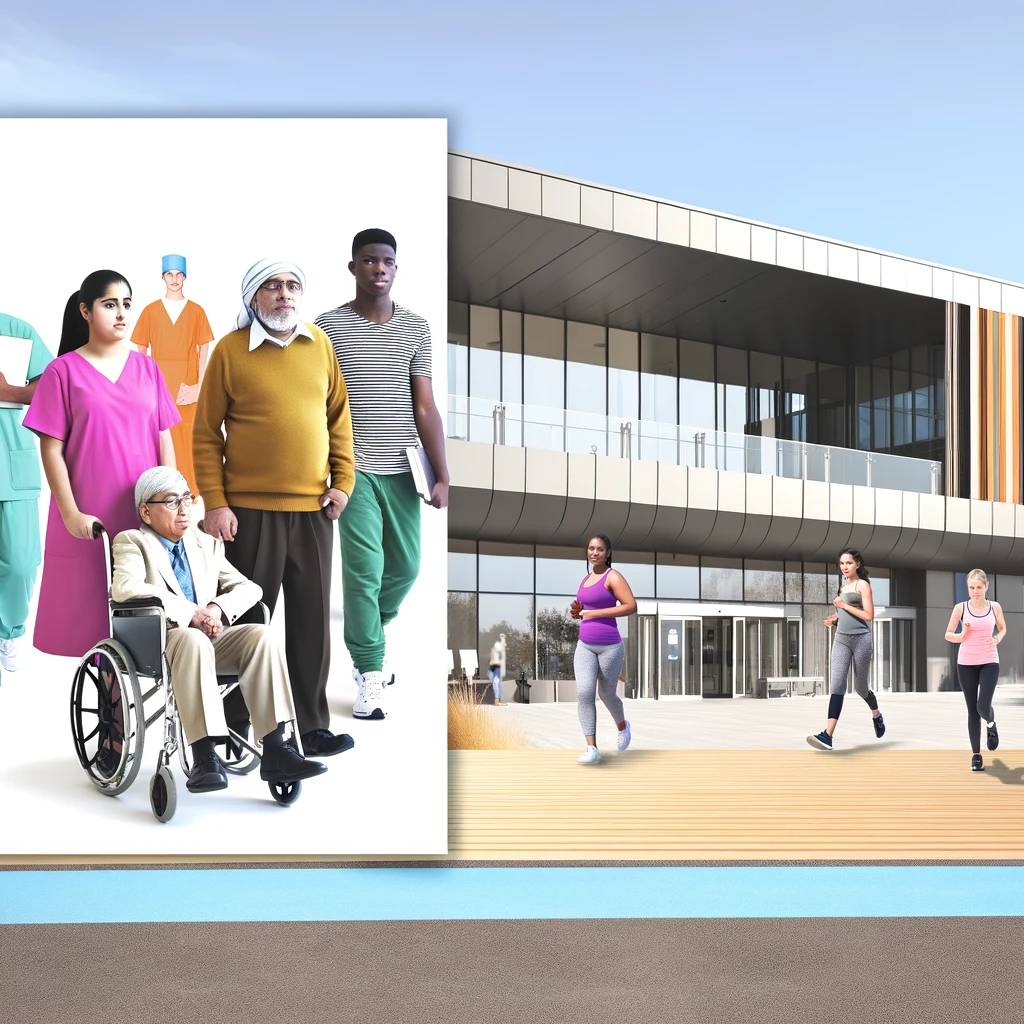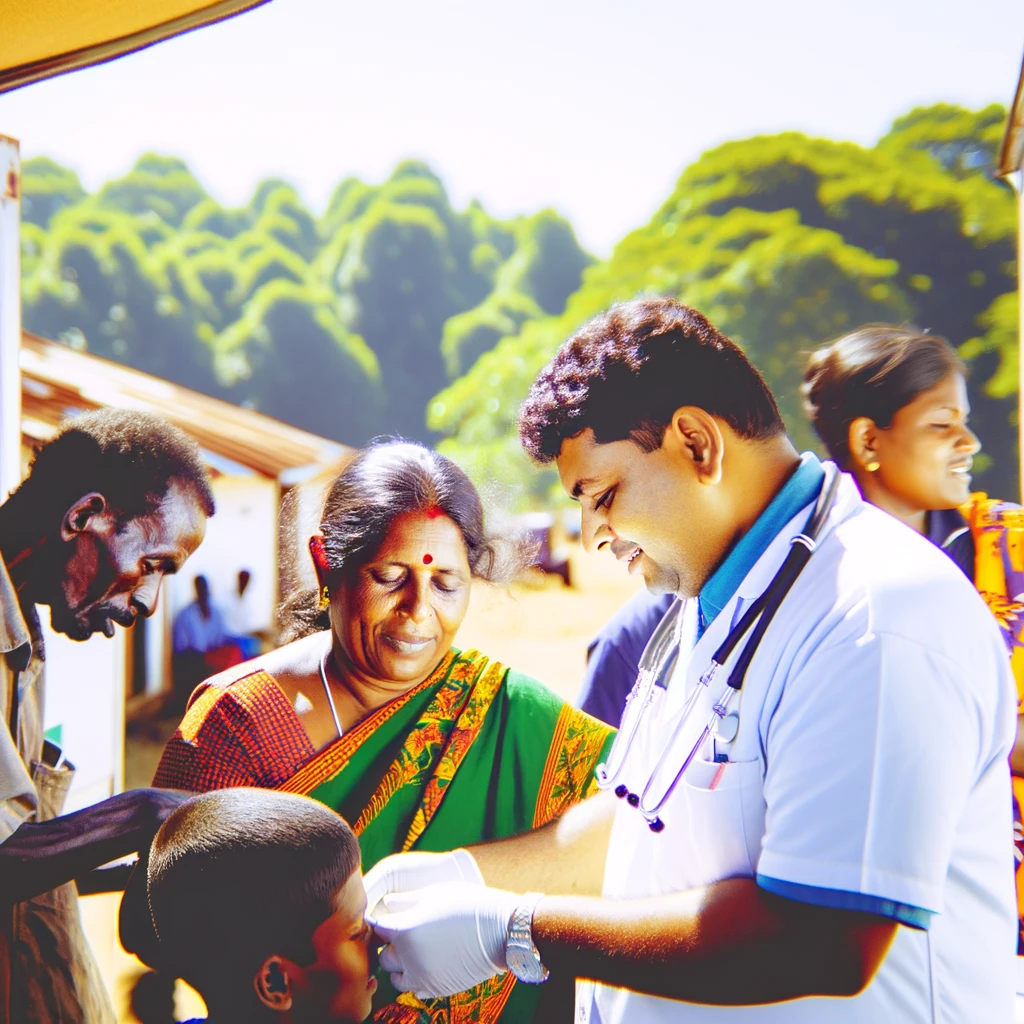
Enhancing Accessibility: Strategies for Overcoming Physical and Economic Barriers in Healthcare Infrastructure
In today’s rapidly evolving world, ensuring that healthcare services are accessible to all individuals remains a top priority. However, various physical and economic barriers often impede this goal. This article delves into effective strategies for overcoming these challenges, ensuring that healthcare infrastructure is both inclusive and sustainable.
Understanding Barriers in Healthcare Accessibility
The healthcare system is laden with obstacles ranging from physical limitations, such as inadequate facilities, to economic hurdles like high costs. Understanding these barriers is the first step in addressing them effectively.
Physical Barriers
Physical barriers in healthcare can include inadequate infrastructure, such as buildings without ramps or elevators, or rural areas lacking medical facilities altogether. These barriers can prevent individuals with disabilities or those living in remote areas from accessing necessary care.
Economic Barriers
Economic barriers primarily revolve around the affordability of healthcare services. High costs of treatment and lack of insurance can deter individuals from seeking necessary medical care, exacerbating health disparities.
Strategies to Overcome Physical Barriers
To address physical barriers, healthcare facilities must invest in infrastructure improvements. This includes constructing ramps and elevators to accommodate individuals with mobility challenges and ensuring all areas are accessible to everyone.
Invest in Telemedicine
Telemedicine has emerged as a pivotal solution in overcoming geographical barriers. By providing remote consultations, patients in rural or underserved areas can access quality healthcare without the need for extensive travel.
Community-Based Healthcare Models
Implementing community-based healthcare models can greatly enhance accessibility. Mobile health clinics and local health workers can deliver essential services to remote areas, ensuring comprehensive coverage.
Strategies to Overcome Economic Barriers
Addressing economic barriers requires a multi-faceted approach that includes policy changes and community engagement.
Policy Reform
Governments and healthcare organizations must work together to reform policies that make healthcare more affordable. This includes expanding insurance coverage and subsidizing costs for low-income individuals.
Innovative Financing Solutions
Innovative financing solutions such as microinsurance and health savings accounts can offer financial relief to those who struggle with healthcare expenses. These solutions provide a safety net that encourages individuals to seek necessary care without financial burdens.
Conclusion
Enhancing accessibility in healthcare requires a concerted effort to address both physical and economic barriers. By investing in infrastructure, embracing technology like telemedicine, and reforming policies to make healthcare affordable, we can create an inclusive healthcare system that serves everyone effectively.
Ultimately, the goal is to ensure that all individuals, regardless of their physical location or economic status, have access to the healthcare they need to lead healthy, fulfilling lives.
Related Articles





